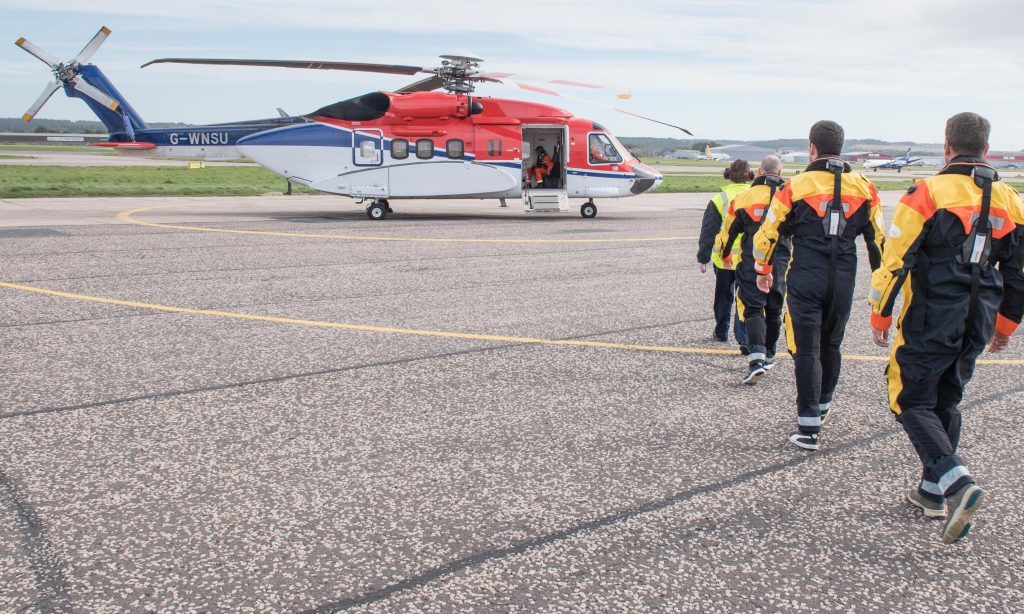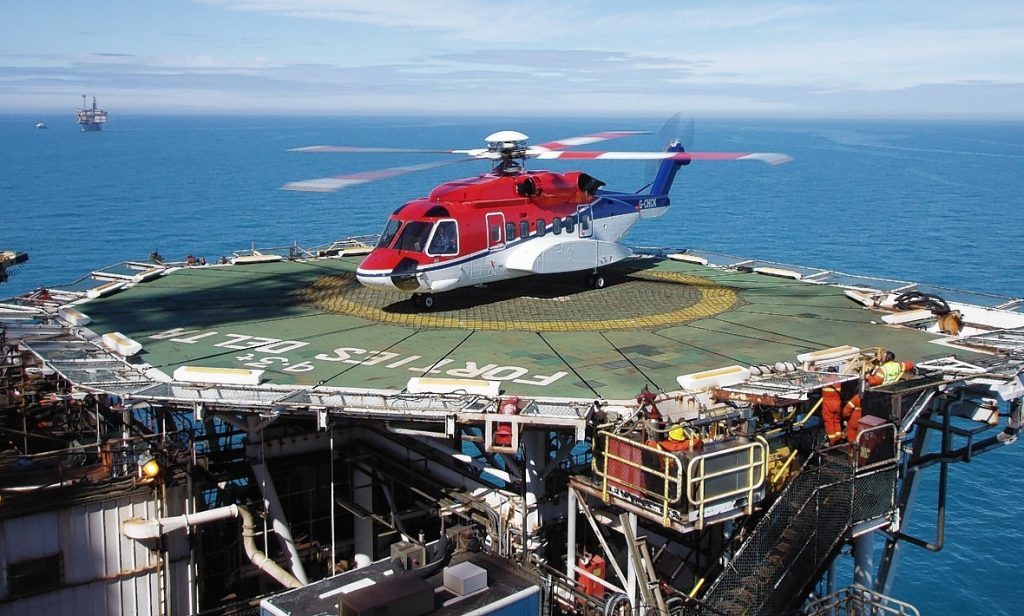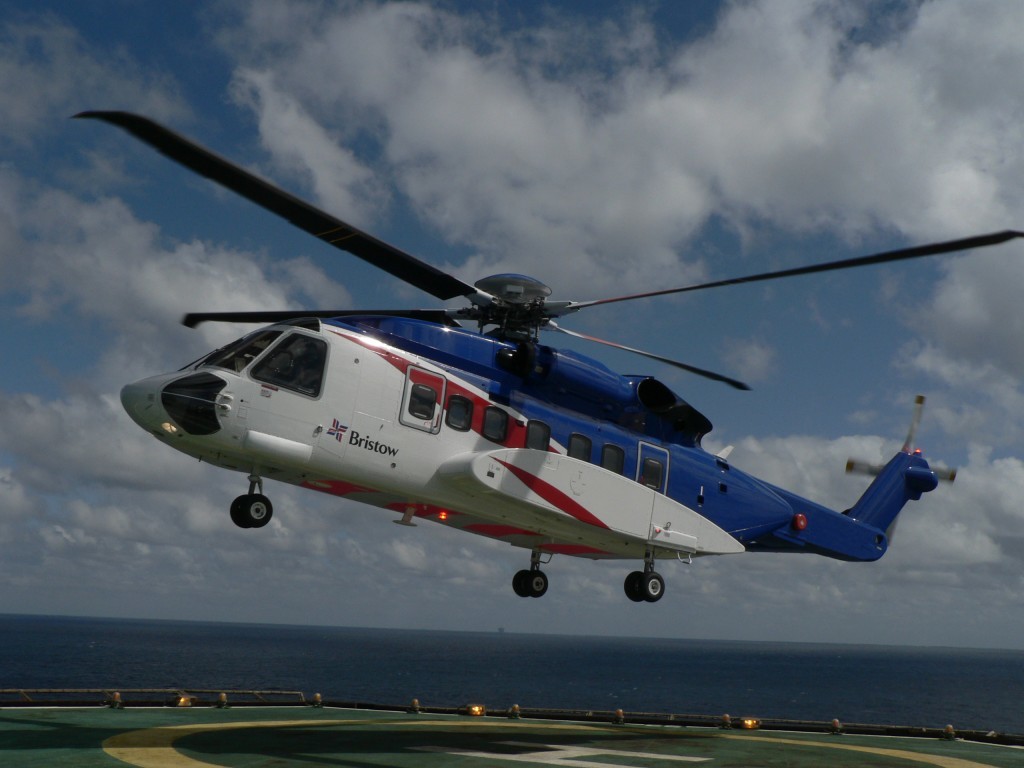
A spare parts shortage affecting helicopter operators in the North Sea is an operational issue, not a safety one, analysts and the regulator have told Energy Voice.
The International Association of Oil and Gas Producers (IOGP) recently told its members a “serious and deteriorating supply chain situation” is presenting safety issues for S-92 offshore helicopters.
The S-92 is the dominant helicopter type used in the UK North Sea following the phase-out of the Super Puma during the 2010s.
A total of 31 helicopters are currently grounded as they await gearbox replacements, and that figure could double by the end of next year.
Meanwhile, the IOGP found instances of moving components from one aircraft to another to keep one in working order had increased by between 50% and 106%.
In response to the concerns raised by the IOGP, Offshore Energies UK (OEUK) said the issue was “concerning” but noted that logistics, rather than safety, will likely be impacted.
Spare parts issue affecting North Sea helicopters
Air & Sea Analytics director Steve Robertson said the parts issue has already had an impact on helicopter operators in the North Sea throughout 2023.
“At the most extreme it has meant that some operators were not able to fly their intended programme, leaving end-users having to secure ad-hoc capacity elsewhere,” he said.
“As aircraft go into periodic base maintenance it has been necessary to take parts from one aircraft to keep others flying which creates a knock-on effect of delays in maintenance and more work for engineers.”
To combat the issue, Mr Robertson said companies can choose to either operate a larger fleet to maintain the same service levels or switch to different aircraft types.
The makeup of North Sea helicopter fleets based in Aberdeen has also changed.
“What we are seeing in Aberdeen is a smaller fleet of S-92s (with aircraft being moved abroad in recent years to other markets or broken up for spares) and a move towards ‘super-medium’ types, notably the Airbus H175,” he said.
“CHC has moved additional H175s into Aberdeen in recent months and we expect more units to follow over the winter.
“Ultimately, however, not all the contracts can be efficiently flown with super-mediums and the heavy helicopter (whether that is an S-92 or an alternative) has its place and will be a feature of airports such as Aberdeen for a considerable time to come.”
Energy Voice has contacted CHC for comment.
Spares shortages “not necessarily” a safety issue
In response to questions from Energy Voice, a spokesperson from the Civil Aviation Authority said: “Spares shortages are not necessarily a safety issue, aircraft are able to operate with limited amounts of functionality and this is very closely managed.
“Beyond that the aircraft would be grounded which would be an operational impact but not a safety one.
“We oversee the operators to ensure that they follow their approved procedures and do not go beyond what is permitted.”
The spokesperson said supply chain problems are currently widespread across all sectors, not just aviation, and the CAA has robust processes and procedures in place to ensure safe operations.
OEUK HSE and operations director Mark Wilson said UK helicopter operators maintain a high standard of engineering, maintenance and safety.
“The current supply chain issues faced by the sector are concerning and need to be addressed in the most efficient way possible, however we know that the likely impact is on the logistics and unavailability of aircraft, rather than on safety,” he said.
“OEUK is engaged with aviation safety groups and communicating regularly on the issue, and is continuing to work with industry to minimise impact.”
IOGP intervention on parts ‘well-intentioned’
Mr Robertson had previously warned of the parts supply issues facing the S-92 gearbox supply chain in March this year.
However, he told Energy Voice while the IOGP intervention is “well-intentioned”, it may be misunderstood.
“It is not saying there is any technical safety issue with the S-92 helicopter, gearbox or otherwise,” he said.
“What it is saying is that the lack of available spare parts is going to put considerable strain on rotorcraft operators (through no fault of their own) and so energy companies need to be mindful and supportive of that, rather than unnecessarily compounding the problem.”
Mr Robertson said every aircraft manufacturer has seen issues with the “ability of their sub-suppliers to weather the Covid crisis and then ramp back up to ‘normal’ levels”.
As a result, Mr Robertson said the average timeframe for a 1500 hour periodic inspection and maintenance has increased from 36 days in 2020 to 59 days in 2022, with the current figures in 2023 even higher still.
“Gearboxes are not the only supply chain issue and operators have been closely monitoring the availability of other parts such as rotorheads, servos, and windscreens,” he said.


